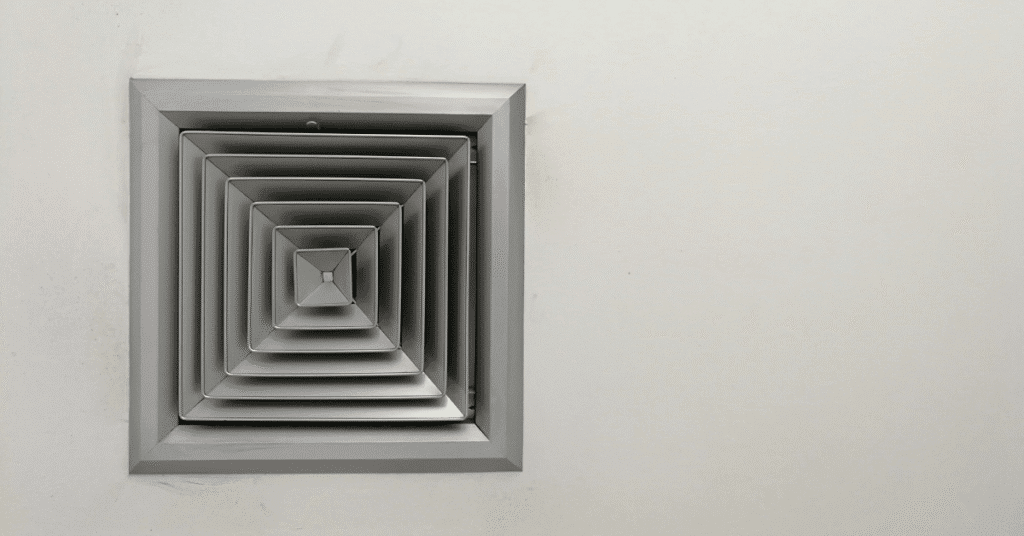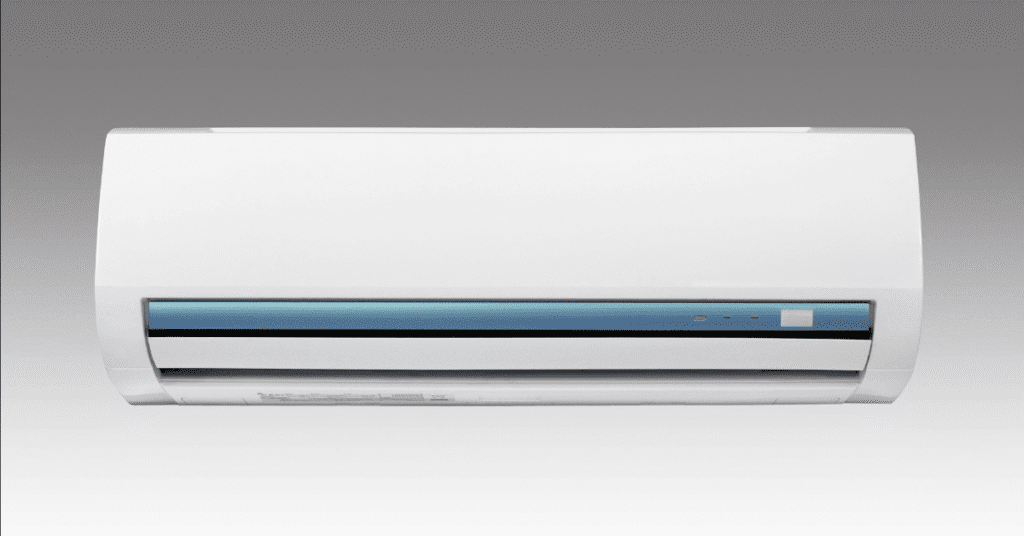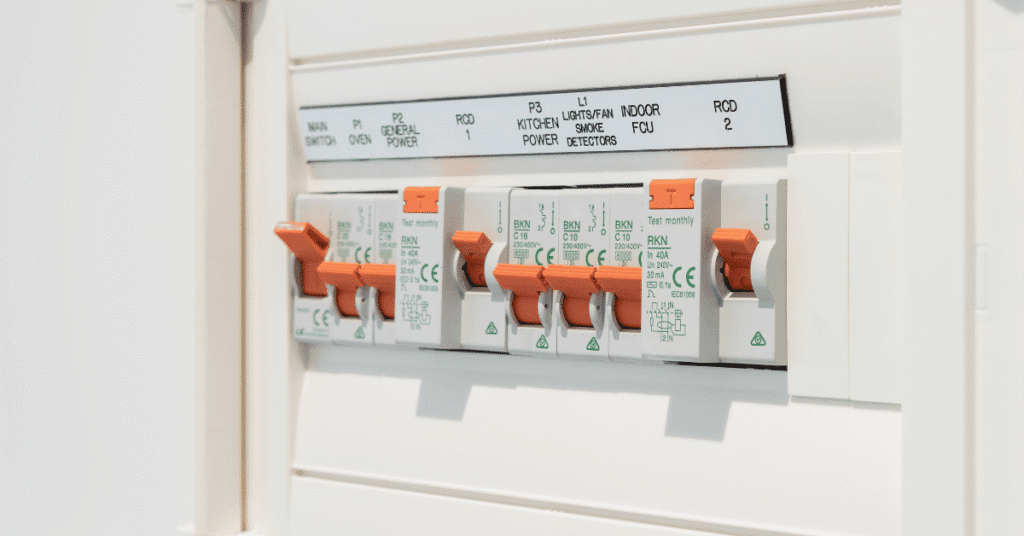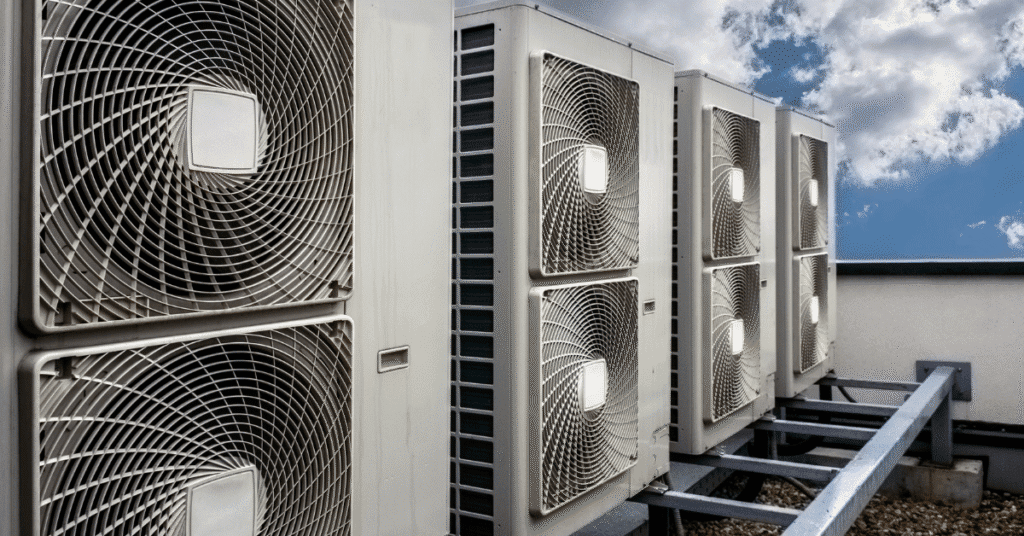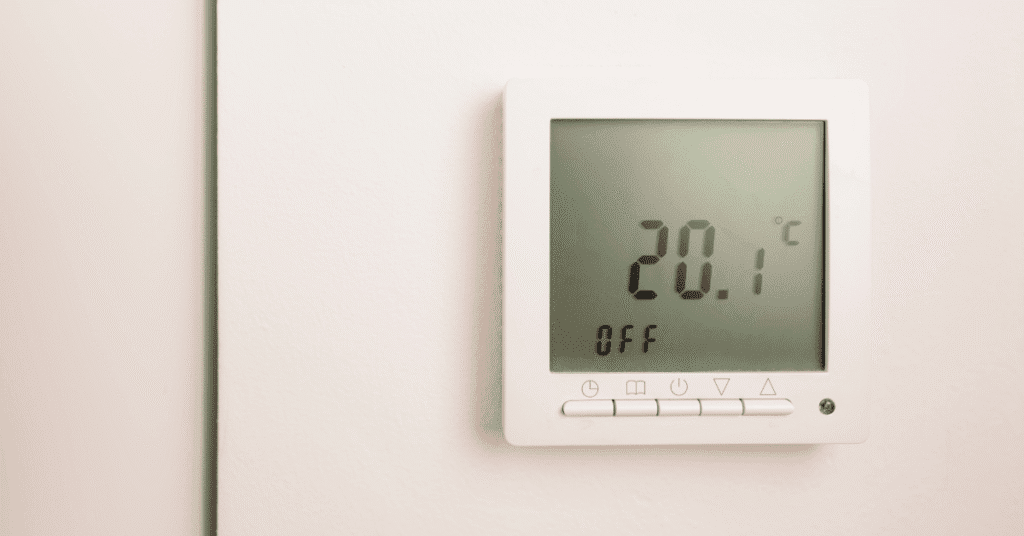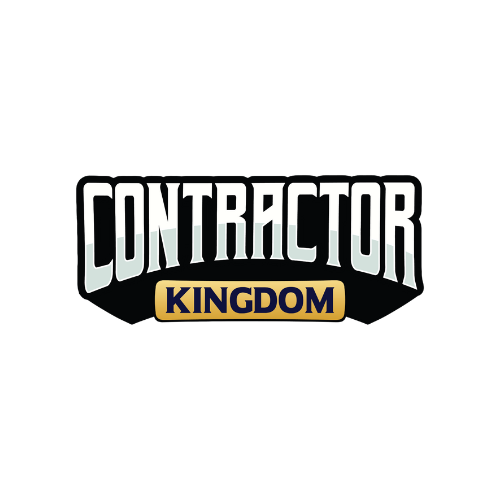When it comes to heating and cooling a home in Idaho Falls, HVAC terms can be confusing. Many people use central air and forced air interchangeably, but they are not the same. Knowing the difference between forced air and central air helps you make better decisions for comfort, energy savings, and long-term maintenance.
This guide explains how each HVAC system works, their pros and cons, cleaning and repair needs, and which may be the best system for your home.
The Basics of HVAC Systems
The term HVAC (Heating, Ventilation, and Air Conditioning) covers everything from furnaces to air conditioners, ductwork, and air quality solutions.
- Central air refers to cooling that comes from a single, central air conditioning unit and is distributed through the home.
- Forced air describes how a heating and cooling system pushes heated air or cool air through ducts using a blower or fan.
In short, central air is where your cooling is generated, and forced air is how that conditioned air is delivered.
What Is a Central Air System?
A central air system is a cooling method where cool air is produced in one location (usually an outdoor condenser and indoor coil) and then distributed through ductwork.
How It Works:
- The outdoor unit houses the compressor and condenser.
- The indoor evaporator coil absorbs heat from indoor air.
- Ducts distribute cool air to each room.
Advantages:
- Consistent cooling in all rooms.
- Quieter operation inside.
- Can pair with central heating systems using the same ducts.
Possible Drawbacks:
- Higher upfront installation costs.
- Requires regular duct cleaning and sealing.
- Less efficient if ducts are old or leaky.

What Is a Forced Air System?
A forced air system refers to any heating system or cooling system that moves air throughout the house using a blower. This includes systems with a furnace or heat pump.
How It Works:
- Air is heated or cooled by a furnace, heat pump, or air conditioner.
- The blower pushes heated air or cold air into ducts.
- The air is then distributed evenly throughout your home.
Advantages:
- Provides both heating and cooling in one setup.
- Works quickly to cool the air or heat it.
- Can include air quality upgrades like filters and humidifiers.
Possible Drawbacks:
- Ductwork must be in good condition.
- Multi-story homes may have uneven temperatures without zoning.
Forced Air vs Central Air: Key Differences
| Feature | Central Air | Forced Air |
| Definition | Cooling from a central unit, distributed via ducts | Delivery method that moves heated or cooled air through ducts |
| Main Function | Cooling only | Heating, cooling, or both |
| Energy Source | Electricity | Gas, electricity, or hybrid |
| Year-Round Use | Mostly summer | Year-round |
| Ductwork Required | Yes | Yes |
| Common Pairing | Often with a forced-air furnace | Often with central air units |
Which Works Best in Idaho Falls?
Because Idaho Falls has cold winters and warm summers, many homes use forced air heating systems with a central air conditioning system.
Consider:
- Climate: Winters need strong heat, summers need reliable cooling.
- Existing Ducts: Both systems can share ductwork.
- Budget: Costs vary for installation, cleaning, and repair.
- Size: Large homes may need zoning for better indoor air quality.

Energy Efficiency and Costs
Central Air:
- Choose high SEER-rated AC systems.
- Seal ducts to prevent cool air throughout loss.
Forced Air:
- Pick high AFUE-rated furnaces.
- Variable-speed blowers help improve indoor air quality and efficiency.
Maintenance Tips for Both
Central Air:
- Spring cleaning and inspections.
- Clear debris from outdoor units.
- Replace filters often.
Forced Air:
- Annual furnace repair checks before winter.
- Inspect and seal ducts.
- Replace filters every 1–3 months.
Signs You Need an Upgrade
- Uneven heating or cool air throughout rooms.
- Higher energy bills without extra usage.
- Frequent repair calls.
- Poor air quality or dust buildup.
Why Professional Installation Matters
Professional HVAC installation ensures your air conditioning unit and connecting parts work efficiently.
At Idaho Falls Heating and Cooling, we provide:
- Heating repair, AC repair, and furnace installation.
- 24/7 emergency services.
- Expertise in both forced-air and central air systems.

Conclusion
The main difference between forced air and central air is simple:
- Central air is where cooling comes from.
- Forced air is how heated or cooled air in your home is moved.
Many homes benefit from having both a forced air furnace for winter and a central air conditioning system for summer.



